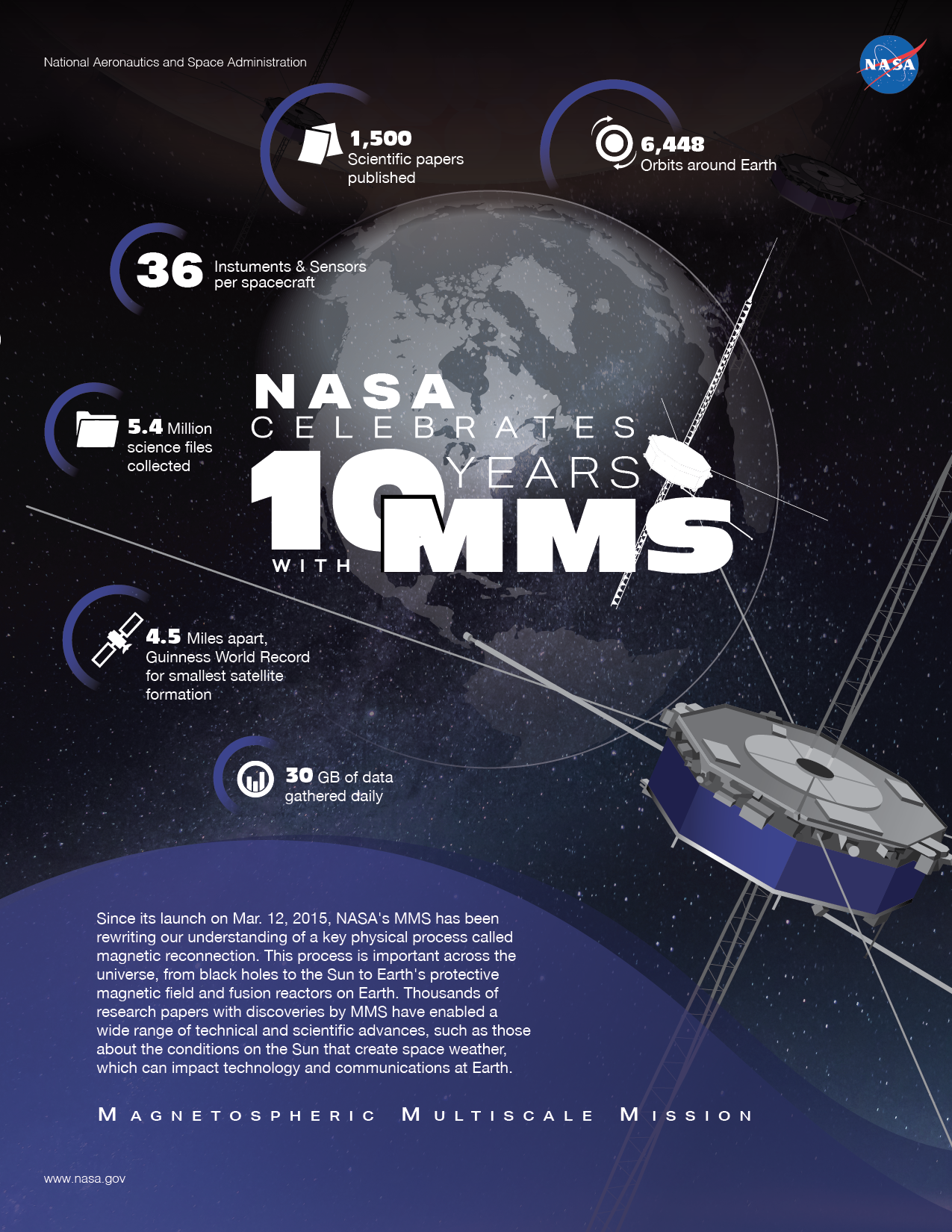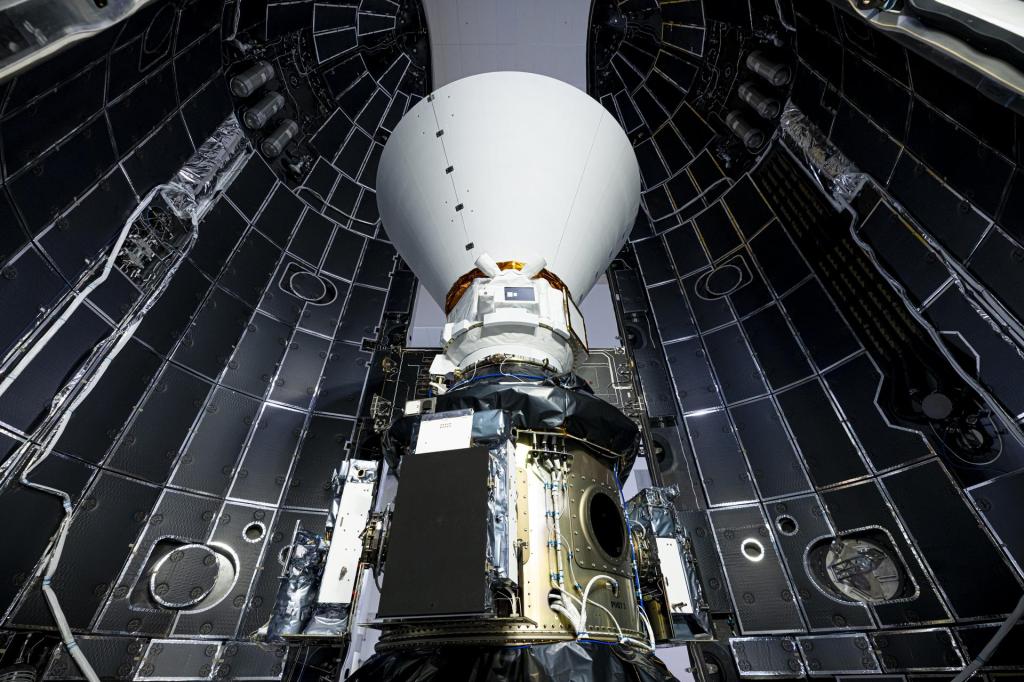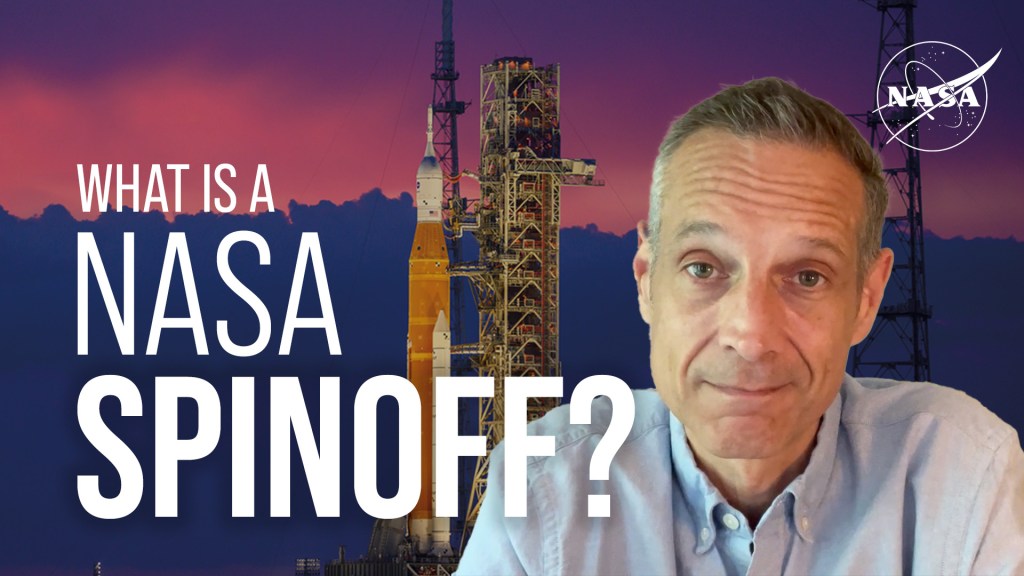Media accreditation is now open for events around the conclusion of Cassini’s mission at Saturn. The spacecraft, which has explored the ringed planet and its moons since 2004, will make a fateful plunge into Saturn’s atmosphere on Sept. 15, ending its long and discovery-rich mission.
The event and related news conferences will be carried live on NASA Television and the agency’s website. Further details and updates will be announced as they become available.
To cover Cassini finale events at NASA’s Jet Propulsion Laboratory (JPL) in Pasadena, California, which is the mission control center for the spacecraft, news organizations should begin the process of applying for credentials by sending the following information to Elena Mejia at elena.mejia@jpl.nasa.gov:
- Your name (as spelled on your driver’s license with middle name), title, phone number and work email
- Country of citizenship
- If not a U.S. citizen, are you a green card holder?
- Media outlet name, address, phone number, and website
- Editor’s name, phone number and work email
To allow time for processing and approval, foreign nationals, plus representatives of foreign news organizations, regardless of citizenship, must apply by July 11. U.S. citizens and green card holders representing U.S. news organizations must apply by Aug. 4.
Media should confirm they have been credentialed before making travel arrangements. Credentialed media will have access to Cassini finale interviews, photo and b-roll opportunities, and media briefings during the days leading up to the mission’s Sept. 15 Grand Finale. A newsroom will be open, and a limited amount of workspace will be available.
During its journey, Cassini has made numerous discoveries, including a global ocean with hydrothermal activity within the moon Enceladus, and vast seas of liquid methane on Saturn’s largest moon, Titan. Cassini began the final, dramatic phase of its mission, called the Grand Finale, on April 26, with the first of the planned 22 dives between Saturn and its rings. The final orbits are bringing the spacecraft closer to Saturn than ever before, providing high-resolution images and new insights into the planet’s interior structure and the origins of the rings. During its final plunge into Saturn, Cassini will send data about the atmosphere’s composition until its signal is lost.
More information about Cassini’s Grand Finale, including images and video, is available at:
The Cassini-Huygens mission is a cooperative project of NASA, ESA (European Space Agency) and the Italian Space Agency. JPL, a division of Caltech in Pasadena, manages the mission for NASA’s Science Mission Directorate, Washington. JPL designed, developed and assembled the Cassini orbiter.
More information about Cassini:
-end-
Dwayne Brown / Laurie Cantillo
Headquarters, Washington
202-358-1726 / 202-358-1077
dwayne.c.brown@nasa.gov / laura.l.cantillo@nasa.gov
Preston Dyches
Jet Propulsion Laboratory, Pasadena, Calif.
818-394-7013
preston.dyches@jpl.nasa.gov



























